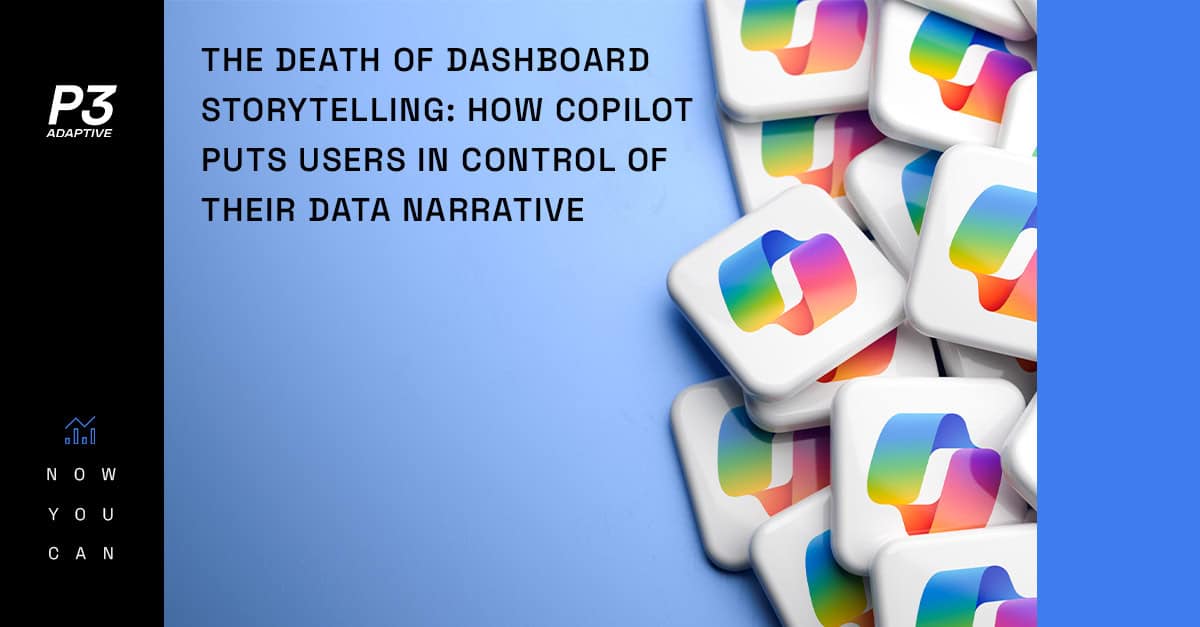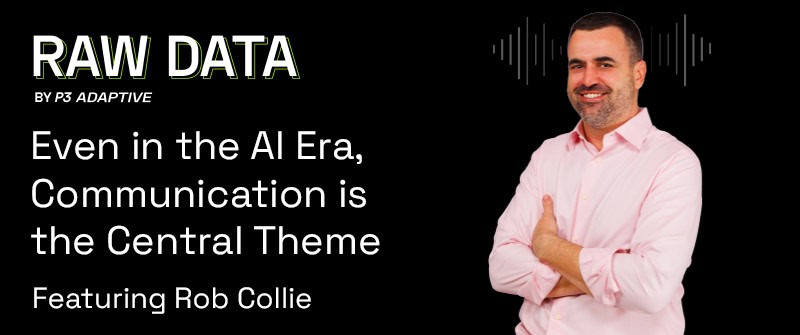
Dashboards don’t lie.
Not outright. Their trick is subtler — more like white lies. Lies of omission.
They show you the truth someone thought mattered, but quietly leave out the rest. And for years, that was fine. Dashboards were the only way to get the story at all. They were a massive upgrade from waiting weeks for a static report, and for a long time, we celebrated that progress.
But let’s be honest. That version of progress came with limits. Dashboards framed the story, and you nodded along. Copilot changes the deal. Now the story doesn’t come pre-packaged. You get to write it yourself.
Dashboards’ Hidden Bias
Dashboards look neutral. They’re not.
The second a chart loads, your brain accepts the frame. You start asking questions inside the box. That’s the trap — bias you can’t see but still obey.
Think about the real-world cost of those hidden biases:
- A sales dashboard celebrates revenue growth, while margin quietly collapses. The chart doesn’t lie, but it doesn’t tell you the win is secretly a loss.
- An HR dashboard shows turnover counts but not tenure. You panic about the number of exits but ignore that you’re bleeding ten-year veterans.
- A finance dashboard highlights variance to budget, not forecast. You proudly fix last quarter’s problem while tomorrow’s disaster brews in the blind spot.
Each one tells the truth. Just not the whole truth.
Dashboards are like Instagram: polished, curated, but missing the messy middle. Copilot, by contrast, doesn’t hand you someone else’s highlight reel. It hands you the camera. You decide what to capture.
Choose Your Own Adventure Analytics
Dashboards are built to answer the questions someone guessed you’d ask. Copilot doesn’t guess. It waits.
That means no more “pre-approved” curiosity. Instead of scrolling through a designer’s storyboard, you start asking the questions that actually matter in the moment. And those questions are rarely the ones a dashboard author could’ve anticipated.
Want to know which customers are most likely to churn next quarter based on late payments? Ask.
Curious how much revenue you’d unlock if you cut delivery times by two days? Ask.
Wondering why product bundles thrive in Denver but flop in Dallas? Ask.
Dashboards don’t come with those buttons. Copilot for Power BI doesn’t need them. It responds to your logic, not the logic frozen into someone else’s visualization.
That’s the shift: your questions, your logic, your story.

The Storytelling Shift
Old world: dashboards controlled the narrative. They told the curated truth the author built into the report.
New world: Copilot for Power BI turns data into a conversation. You ask. It answers. You follow up. It pivots. The story unfolds in real time instead of sitting frozen in a bar chart.
This isn’t about making dashboards prettier or giving you another slicer. It’s a fundamental power shift. Insights no longer end where the dashboard designer’s imagination stopped. They stretch as far as you’re willing to ask.
And that’s where breakthroughs hide — the insights no one would’ve scripted for you.
What This Means for Business
When the story is user-driven, speed and creativity skyrocket. Decision cycles shrink, and teams stop coloring inside the lines drawn for them. The business stops living on dashboard time and starts living on conversation time.
But let’s be clear: Copilot isn’t magic. It only works if the foundation is ready.
- Model design matters. Think of it like plumbing. If the pipes are cracked and leaky, all Copilot does is deliver dirty water faster. A strong semantic model is the difference between useful answers and misleading noise.
- Governance has to evolve. Old governance acted like a police force — more “don’t touch” than “here’s how.” New governance should feel like a driving instructor. Guardrails exist, but the point is to help people go fast without hitting a wall.
- Adoption takes leadership. Copilot isn’t a magic eight ball. If your team doesn’t learn how to ask better questions, they’ll still shake it wrong. Leaders have to reward curiosity, not just right answers. Make “what if” thinking part of the culture.
Get this balance right, and you move faster than your competitors. Get it wrong, and you’ll keep mistaking dashboards for the whole story while others pull ahead.
Dashboards: From Headliner to Backup Band
Dashboards aren’t dead. But their days as the lead storyteller are over.
They’ll still play their part — snapshots, summaries, signposts. Always useful, always there. But they’re no longer the narrator. Copilot gave stakeholders the mic. The story now belongs to the people asking the questions.
And that’s the point. Dashboards are still on stage, but they’re background singers now. The future belongs to conversations.
So the real question isn’t whether dashboards still matter. The real question is whether you’re ready to stop settling for white lies… and start chasing the whole truth.
Want the full backstory? Listen to the Raw Data podcast where we break down how Copilot for Power BI is rewriting the rules of data storytelling.
Get in touch with a P3 team member